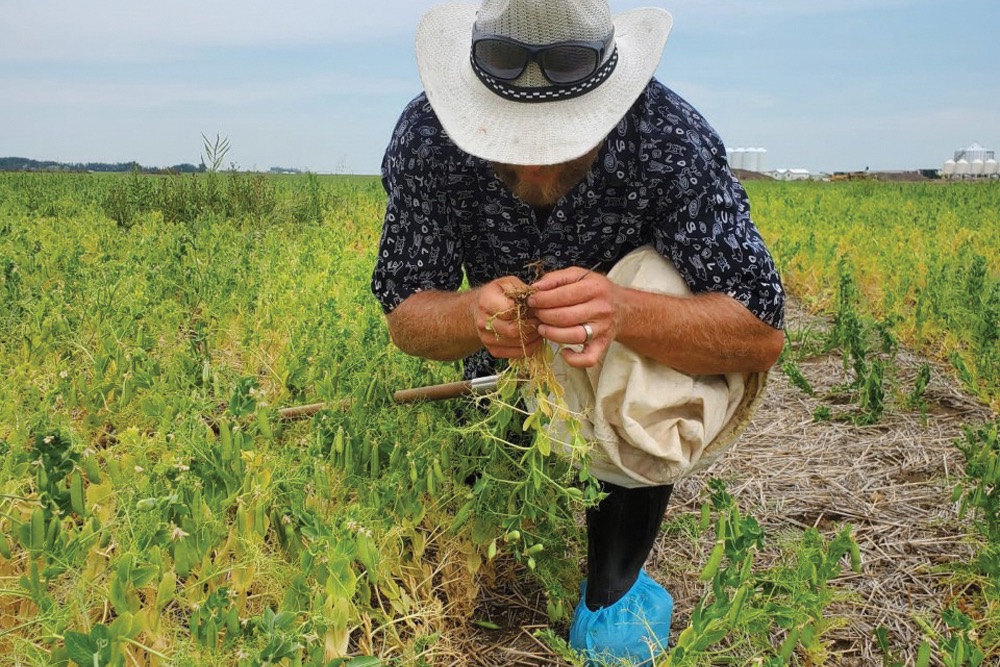The world needs all the good protein we can produce.
The world has a protein shortage problem, one can can only get worse in coming years with rising populations, a desire by a growing middle class for more protein in their diets, and production challenges resulting from climate change.
There are several new and emerging protein sources, but the world has not agreed on the metrics with which to compare them.
Read Also

Guarding against misinformation: Do you believe in house hippos?
Misinformation and disinformation run rampant in today’s digital age. Farmers must be wary of the digital dangers and know how to keep themselves safe.
Plant-based “meat” has been around for 50 years, initially created as a cheaper alternative to meat but most recently marketed as a premium product. Cellular agriculture is attracting billions of dollars of venture capital, yet faces significant challenges to be a meaningful source of protein. A new “hybrid” approach has rice seeds coated with bovine muscle or fat cells that are then grown to produce “beef rice.”
Development of all protein options should be supported. Likewise, all protein sources should be evaluated head-to-head on a lifecycle basis.
It is currently impossible to make an accurate comparison across animal, plant-based, cellular and hybrid proteins.
A lifecycle comparison for protein sources would provide accurate data, using a consistent unit such as amount of balanced protein required by an adult in a day. Points of comparison would include energy, water and land required; waste and byproducts created; impact on the environment (including soil health); economic return to the province; impact on society (rural and urban); impact on food security (via supply and price); and impact on human health.
We need a new research model to address this problem of accurately comparing protein sources and we need a cross-sector, cross-discipline approach to study proteins for the best, most accurate outcomes.
Working with all stakeholders, a well-funded group of researchers should be given two objectives: Take a cross-sector, cross-college/discipline, holistic and scientific approach to understanding protein options for human consumption; and, enable the comparison of protein options (animal, plant-based, cellular, hybrid) and include all relevant factors (impact on human health, GHG emissions, negative and positive impacts on environment, economy, etc).
Successful outcomes from this initiative would be measured as:
- Documentation and increased consumer awareness of data regarding all aspects of the different protein choices.
- Increased food security through increased protein production.
- Increased jobs and contribution to GDP (both domestic and exports).
- Lower negative environmental impact (e.g. GHG).
- Increased positive environmental impact (e.g. soil health).
- Improved human health.
This is not a small suggestion. It involves big change for all involved — researchers, producer groups and companies involved in alternate proteins.
If we don’t do it, however, we risk looking back in 10 years wishing we had.















